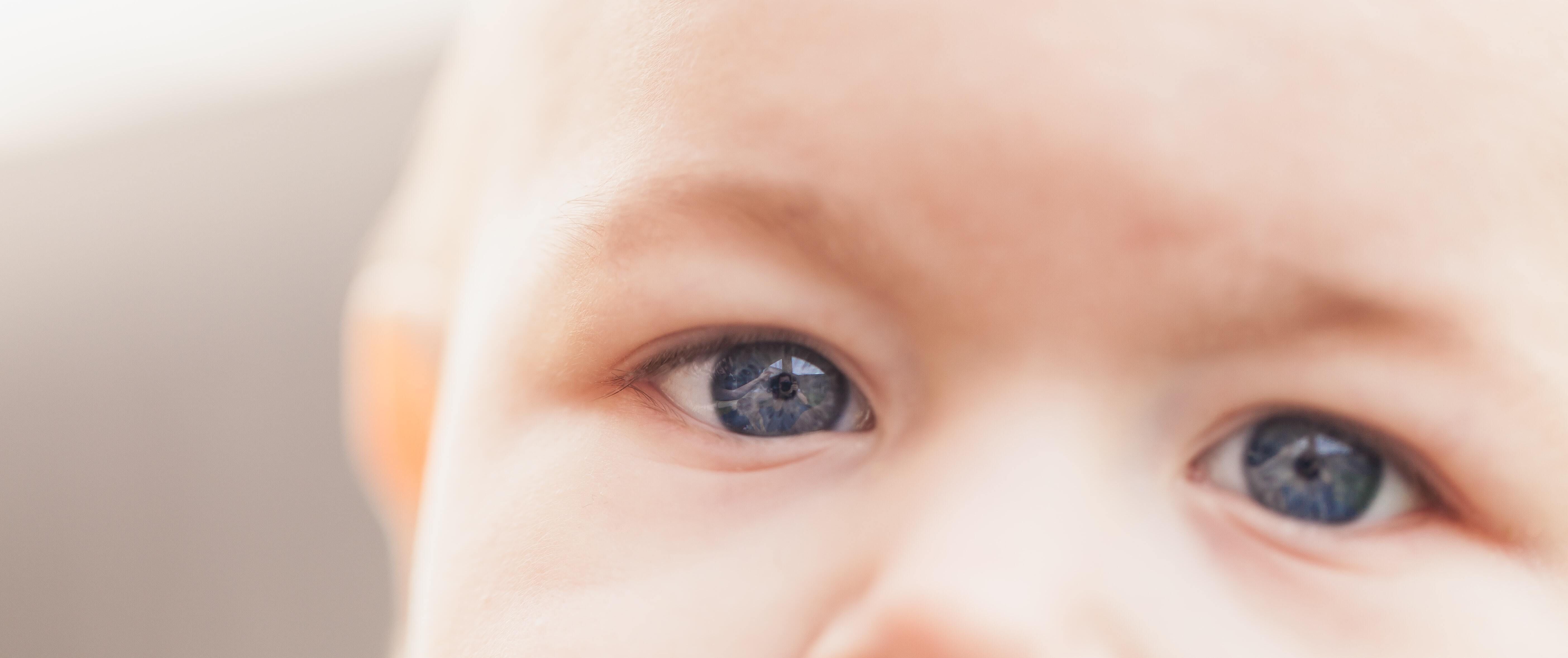We want every baby to make it to their first birthday and beyond. By following safe sleep recommendations, you can reduce the risk of SIDS and help prevent accidental sleep related infant deaths. Every baby deserves the safest sleep.
- Infants should ALWAYS be placed flat on their back alone in a safe crib for ALL sleep. If baby falls asleep in a swing, car seat, bouncy chair, or other surface while at home or in a childcare setting, immediately remove baby and place them flat on their back in a safety approved crib.
- A firm mattress in a safety approved crib, covered by a tight-fitting sheet made for that mattress, is the recommended sleep surface for baby.
- Keep ALL soft objects and loose bedding out of the crib. Items such as pillows, blankets, bumper pads, boppy pillows, wedges, blanket rolls, and toys create an opportunity for baby to re-breathe carbon dioxide that may build up around baby's face.
- Bumper pads should not be used in cribs.
- Consider a wearable blanket (sleep sack) or sleeper to keep baby comfortable.
- Provide a nicotine free environment, both in your home AND vehicle, for baby - before and after birth.
- To avoid overheating, baby should be lightly clothed for sleep and the room temperature should be kept cool and comfortable to a lightly clothed adult.
- Breastfeeding is a protective factor against SIDS.
- Parents should share a room with baby but NEVER a bed! A separate but close sleeping area is recommended. Sleeping with a baby in a bed, couch, recliner, or other sleep surfaces with adults or other children is NOT SAFE!
- Pacifier use at naps and nighttime is recommended for the first year of life. For breastfed infants, delay the use of a pacifier until breastfeeding is established.
- Pregnant women should receive regular prenatal care and all infants should receive all recommended vaccinations.
- The use of home monitors or commercial devices marketed to reduce the risk of SIDS/SUID are not recommended.
- Encourage supervised tummy time when baby is awake to assist in developing head and neck control and to reduce the risk of baby developing flat spots on the back of his or her head.
- Swaddling does not reduce the risk of SIDS and can lead to accidental deaths if a swaddled infant is placed or rolls onto their belly. Caregivers should stop swaddling as soon as baby shows any signs of attempting to roll.
- Safe Sleep is everyone’s responsibility. Educate anyone caring for your baby about these risk reduction recommendations developed by the American Academy of Pediatrics.


